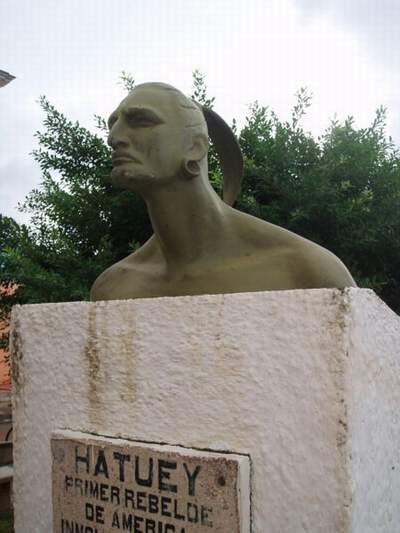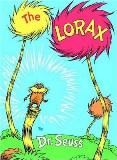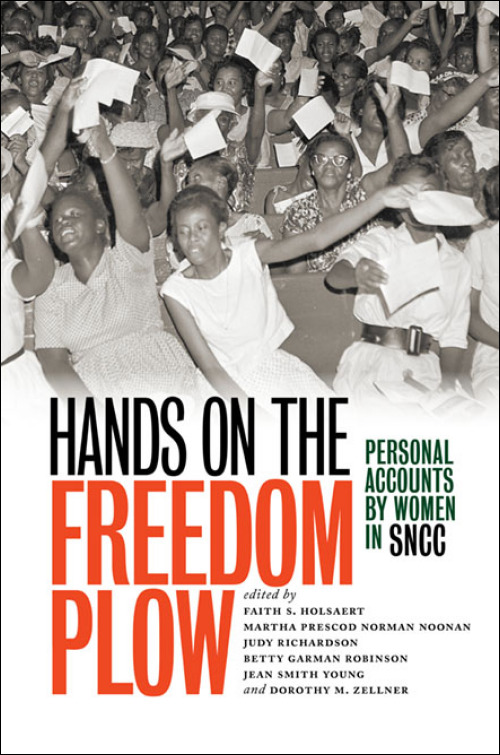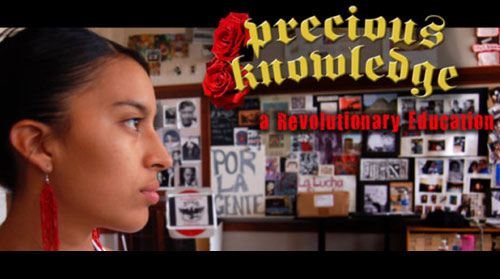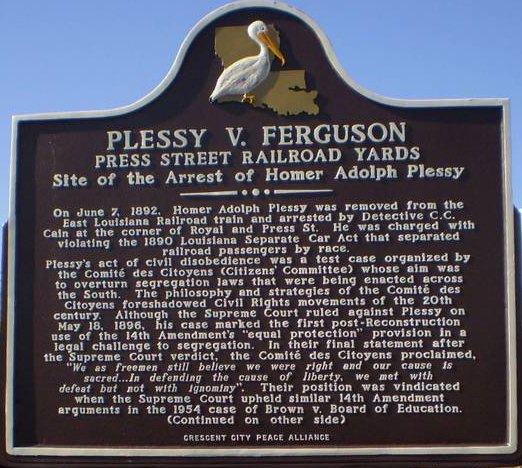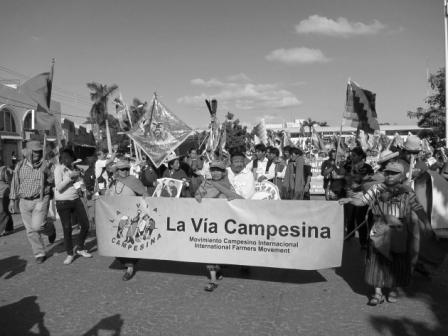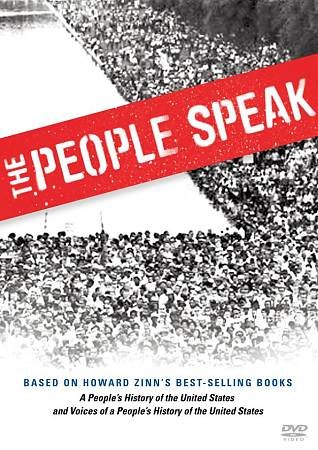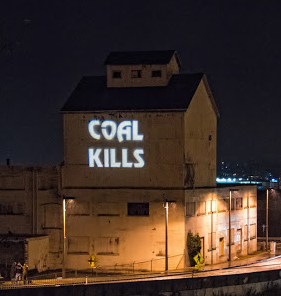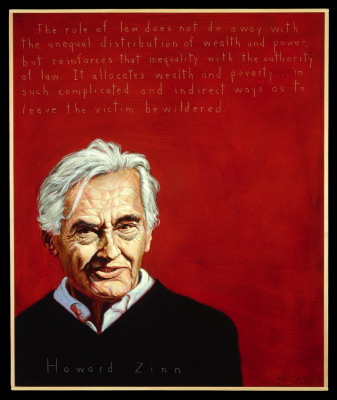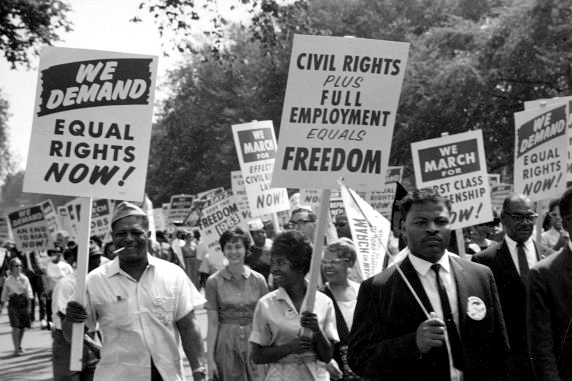Hatuey: 500th Anniversary of a Freedom Fighter
Everyone knows the name of Christopher Columbus, but how many of us can name a…
Continue reading
The Lorax: Dr. Seuss Revisited and Revised
With the release of the Universal Pictures film, The Lorax, based on Dr. Seuss’s classic…
Continue reading
Women’s History Month
While women’s history should be taught all year, we can use this month to examine…
Continue reading
Precious Knowledge – View Free Online
What a timely and important film this is. We meet the inspiring educators associated with…
Continue reading
Plessy v. Ferguson
In June of 1892, Homer Plessy was arrested for violating Louisiana’s Separate Car Act. The …
Continue reading
Teaching About Climate Change
With extreme weather all over the United States and in the news, yet with little…
Continue reading
The People Speak
The People Speak, the feature documentary inspired by A People’s History of the United …
Continue reading
The Poison We Never Talk About in School
by Bill Bigelow
When you think about Superstorm Sandy, melting ice caps, wildfires in Australia,…
Continue reading
When you think about Superstorm Sandy, melting ice caps, wildfires in Australia,…
On Howard Zinn’s Birthday—Lessons from the People’s Historian
Zinn did not merely record history, he made it: as a professor at Spelman College…
Continue reading
Claiming and Teaching the 1963 March on Washington
By Bill Fletcher Jr.
The day went down in history as a powerful show of…
Continue reading
The day went down in history as a powerful show of…

